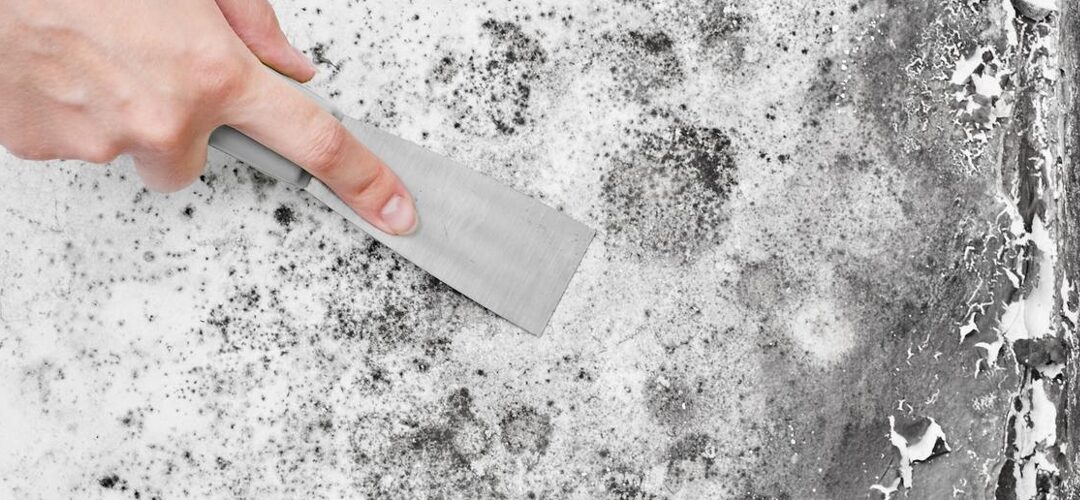As it occurs in almost every building in the country, house with mold is a significant issue in the United States. Mold grows in a damp indoor environment in just 24 to 48 hours, which is why it is so common. It is frequently discovered in kitchen cupboards, bathrooms, basements, and crawlspaces because it thrives in dark, moist environments.
Now, not all mold poses a threat. However, it is very hard to avoid purchasing a mold-free property because virtually every home has trace amounts of mold developing. One of the main questions people ask is mold remediation dangerous. The simple answer to this depends on the size of the mold infestation.
But nonetheless, purchasing a home with mold growth has some serious risks.
Here are 7 reasons you should never buy a house with mold damage.
1. There are many types of dangerous house with mold damage.
The fact that there are such wide varieties of mold, some of which may be quite dangerous, makes buying a house with mold one of its risks. Around 100,000 distinct types of mold have been identified by researchers, many of which are frequently seen inside.
Traditional house inspectors frequently overlook mold growth unless there are clear physical indicators. As a result, they will only be able to identify some of the problem locations fully, and you can end up purchasing a house with serious mold problems. Arranging a professional mold check before purchasing is strongly advised to avoid this problem. Thus, it is always better to know exactly when is mold remediation required.
2. Mold can spread to the HVAC system.
If mold enters the heating and cooling systems, the infestation worsens. As the air inside is highly humid, mold growth might be attracted to HVAC ducts. Dust moisture, abundant within an HVAC system, is another food source for mold.
Because the spores may move through the air and into neighboring rooms, mold development in the air ducts is a problem. The question would be how to get rid of mold spores in the air. This also implies mold spores may enter your family’s lungs and harm them.
3. Mold is ugly to look at
Mold has an unpleasant look. Mold may be seen in various ghastly hues, such as green, brown, or yellow. Blue, black, or white are the colors that tend to stand out on carpets or walls. This is why so many of us have Googled ‘how to remove mold from walls and ceilings.’
Mold stains can be extremely challenging or perhaps impossible to remove once they have taken hold. Even after thoroughly cleaning, mold infestations can still leave an unattractive stain. Occasionally, repainting won’t work since the mold will still be visible.
4. Mold Is Bad for Your Health
Mold can have a negative impact on a person’s health, especially if they are young or already ill.
Asthma is the most frequent health problem linked to prolonged exposure to indoor mold. Up to 50% more adults who live in moldy houses are prone to acquire asthma. Children are considerably more prone to experience conditions like rhinitis and asthma.
Several upper respiratory diseases, with symptoms ranging from sinus infections to sore throats, have also been linked to mold exposure. Furthermore, mold can affect the lower respiratory system. Wheezing, loss of breath, and even whooping cough are frequently the results of this. If the situation gets worse, you may need professional mold removal services done in your building.
5. Mold can be very expensive to treat
Removing a mold infestation after it has affected a property may cost money, time, effort, and resources.
To determine the type of mold(s) in your house and any potential health hazards, you must first contact a mold inspection company. Consider making an effort to create a comprehensive plan that will assist you in dealing with any future occurrences of them.
If the mold infestation is quite advanced, fixing the problem can require significant structural repair. For example, cutting through the drywall or even completely demolishing some portions of the house could be necessary. Any drywall, flooring, carpets, and other porous materials that have been infected must be completely replaced.
6. Mold can destroy your property.
To prevent it from spreading, mold that forms on personal goods like furniture or clothing must be removed. Even though it has emotional significance, it is almost hard to eliminate mold from personal goods like cloth or paper; therefore, you may need to throw them out.
Mold may deteriorate significant portions of a house, including built-in carpets and personal goods. To completely eliminate the mold from your house, you could even need to engage demolition services, which would need a lot of home repairs, such as foundation repair. Unless you thoroughly restore and remediate your house, this also dramatically reduces the value of your home.
7. Investors and realtors may try to hide mold damage.
A common misconception among homeowners is that newly constructed or freshly remodeled houses must be mold-free. Unfortunately, though, this is only sometimes the case. Mold infestations are frequently painted over or covered with new drywall by real estate investors and “house flippers.” This is a simple, fast, and only purely aesthetic fix. It only masks the mold; it does not remove it.
It might be dangerous to purchase a property that has been remodeled or flipped. We strongly advise you to request an air quality test and an extensive mold examination from the vendor.
Related Blog Posts:
- How Long Does the Restoration Process Take for Homes With Water Damage?
- What to Do If Your Home Has Water Damage?
- Signs of Water Damage in the Basement Walls
- Water Damage & Mold: Everything You Need To Know in 2023
- Things You Should Know About Water Damage
- Who Do I Call After My House Has Water Damage Restore?
- What Causes Water Damage to Floors and Walls
Related Services:
Our service areas:
Get A Free Estimate

